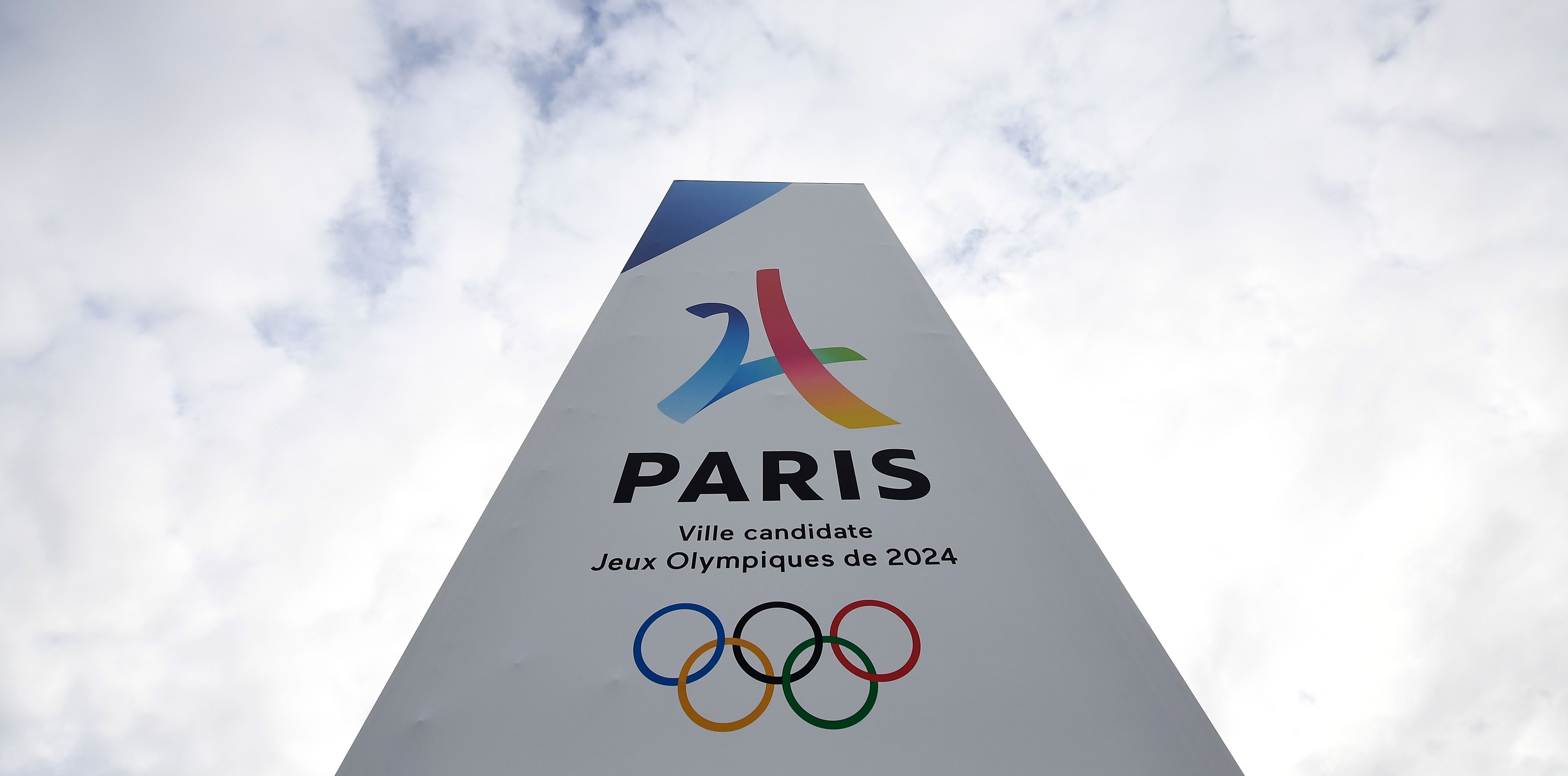Artistic gymnastics is one of the marquee Olympic sports, but understanding it requires some mental gymnastics.
Between the various apparatuses, competition formats and additional rules, there is a lot to follow when it comes to gymnastics — and that’s before even getting into the turns, spins and twists of the gymnasts themselves.
Before the competition begins in Paris, here is everything to know about the gymnastics events, scoring and judging at the Olympics.
How many Olympic gymnastics events are there?
Get Tri-state area news delivered to your inbox.> Sign up for NBC New York's News Headlines newsletter.
There are 14 total artistic gymnastics medal events at the Paris Olympics.
Women compete on four apparatuses, while men compete on six. Women and men each have an individual all-around event and team event, as well.
Here are the apparatuses for women’s and men’s gymnastics:
Women’s
- Vault
- Uneven bars
- Balance beam
- Floor
Men’s
- Floor
- Pommel horse
- Rings
- Vault
- Parallel bars
- Horizontal bar
Olympics gymnastics competition format
Artistic gymnastics at the Olympics is broken up into four phases: qualification, team finals, all-around finals and event finals.
Qualification
Whether they are competing as an individual, with a team or both, every gymnast competes in the qualification.
This round serves as qualification for event finals, the all-around final and the team final. Teams consist of four athletes, but only the top three scores count. Gymnasts looking to reach the all-around final must perform every event (four for women and six for men) in order to get an all-around score in qualification.
Gymnasts perform one routine per apparatus, with the exception of vault. Gymnasts who want to compete individually in the vault event must do two vaults in qualification in order to contend for a spot in the event final.
Scores from qualification do not carry over into the finals.
How team scoring works
The top eight teams from qualifying advance to the team finals. The placings for teams that finished ninth through 12th will be determined.
All eight teams compete in one session. Only three gymnasts from each team compete on a given apparatus and all three scores count toward the team final. Each gymnast only gets one attempt per apparatus, including vault, and the team with the highest cumulative score across all apparatuses wins gold.
Each team in the women’s team final goes through apparatuses in Olympic order: vault, uneven bars, balance beam and floor. The teams that ranked first and second in qualifying begin the final on vault, third and fourth begin on uneven bars, fifth and sixth begin on balance beam and seventh and eighth begin on floor.
The men’s Olympic order goes floor, pommel horse, rings, vault, parallel bars and horizontal bar. The teams that ranked first and second in qualifying begin the final on floor, third and fourth begin on pommel horse, fifth and six begin on rings and seventh and eighth begin on vault.
How all-around scoring works
Twenty-four gymnasts with the top cumulative scores from qualification advance to the individual all-around final. A maximum of two gymnasts per country are allowed to compete in the individual all-around final, allowing some gymnasts who were not in the top 24 in qualifying to reach the final and keeping others who finished in the top 24 out of the final.
Each gymnast only gets one attempt per apparatus, including vault, and the gymnast with the highest cumulative score across all apparatuses earns gold as the individual all-around winner.
For both the women’s and men’s individual all-around finals, the 24 gymnasts are split into four groups of six.
On the women’s side, the gymnasts that ranked first through sixth in qualifying begin the final on vault, Nos. 7-12 begin on uneven bars, Nos. 13-18 begin on balance beam and Nos. 19-24 begin on floor.
On the men’s side, the gymnasts that ranked first through sixth in qualifying begin the final on floor, Nos. 7-12 begin on pommel horse, Nos. 13-18 begin on rings and Nos. 19-24 begin on vault.
How gymnastics event final scoring works
The top eight gymnasts on each apparatus in qualifying advance to the respective apparatus final. No scores carry over from qualifying and the starting order for an apparatus final is determined by a random draw.
Each gymnast gets one attempt on an apparatus in the event final, with the exception of vault. Gymnasts in the women’s and men’s vault finals must perform two different vaults from two different vault groups. The average score of the two vaults is then averaged out to give a final apparatus score.
How gymnastics judging and scoring works
Nine judges are chosen to score each Olympics gymnastics event. Those judges are broken into three groups: the D panel (difficulty score), E panel (execution score) and reference panel.
Difficulty score
The D panel is made up of two judges who determine the difficulty score.
Both judges record their difficulty score, accounting for the eight most difficult skills — including dismount — for women and 10 most difficult skills for men. The D panel judges compare scores and determine the routine’s difficulty score.
Vault is the only apparatus that has a predetermined difficulty score, which is displayed to the judges before the gymnast begins their vault.
Execution score
The E panel has five judges who determine the execution score. The execution score starts at 10.0 and the E panel makes deductions for errors during the routine. Deductions range in value from 0.1 to 1.0.
The five judges each record their own execution score for the routine. The top and bottom scores are dropped and the three remaining scores are averaged out to determine a final execution score.
Neutral deductions
Certain errors such as time violations, stepping out of bounds, behavior faults and falls are penalized as neutral deductions.
Inquiries
A gymnast can make a verbal challenge, called an inquiry, to the judges after their routine. The verbal inquiry must be followed by a written inquiry and can only occur after the gymnast’s final score has been posted.
Scores can be raised, lowered or remain the same based on the inquiry.
Code of Points
The Code of Points defines the scoring system for each level of gymnastics competitions.
Different gymnastics levels, disciplines and countries have their own codes. The International Gymnastics Federations sets the Code of Points for the top level of the sport, including the Paris Olympics.
2024 Paris Olympics gymnastics schedule
Artistic gymnastics events for the Paris Olympics well be held from July 27-Aug. 1 and Aug. 3-5.
2024 Paris Olympics gymnastics venue
All artistic gymnastics events will take place at Bercy Arena in Paris.





